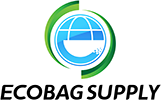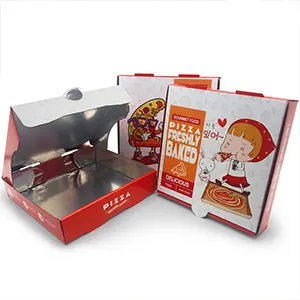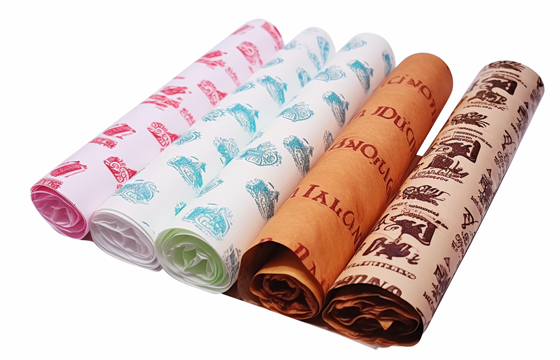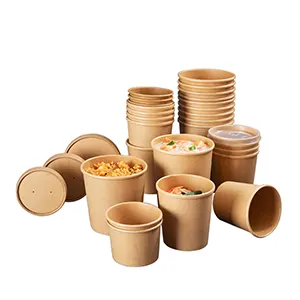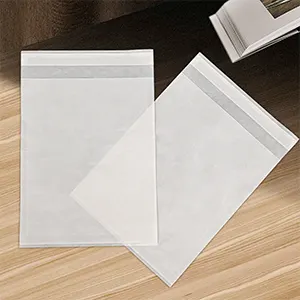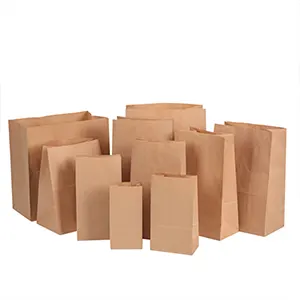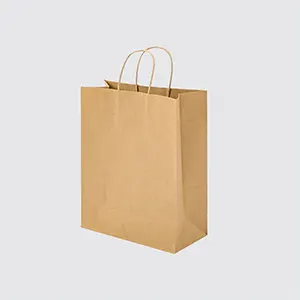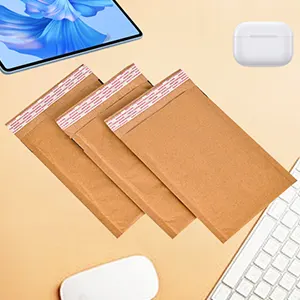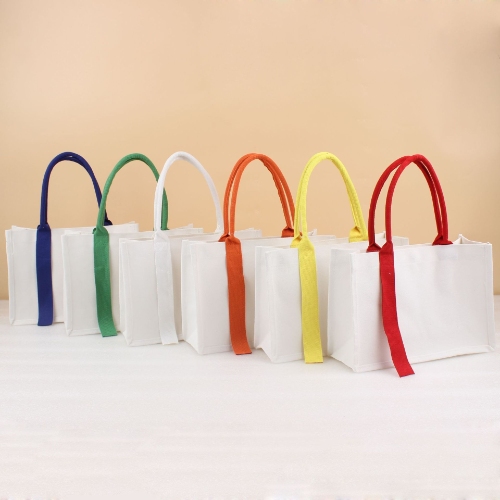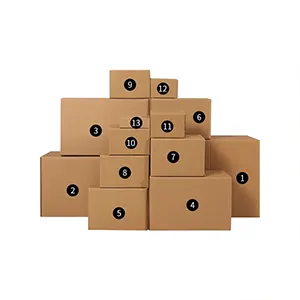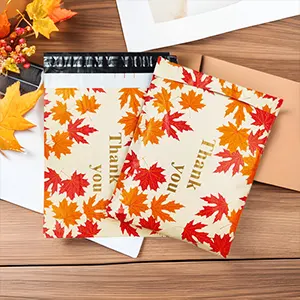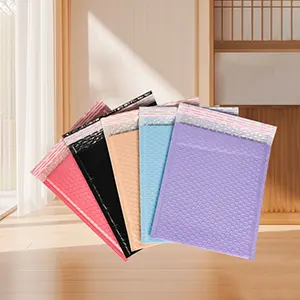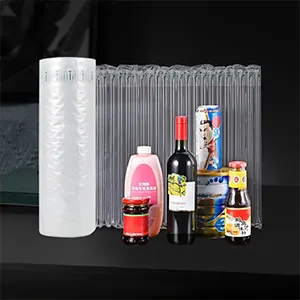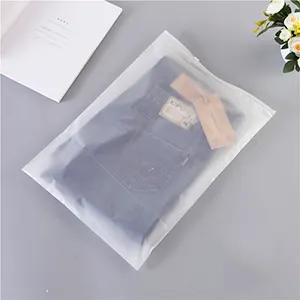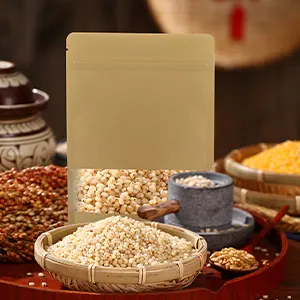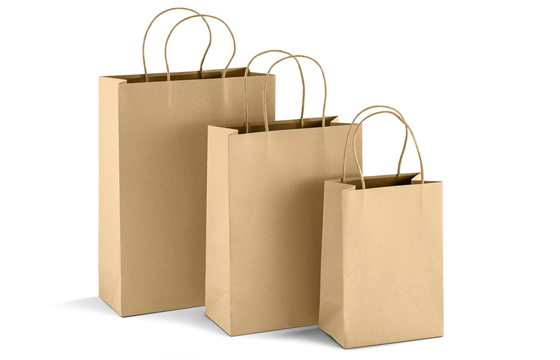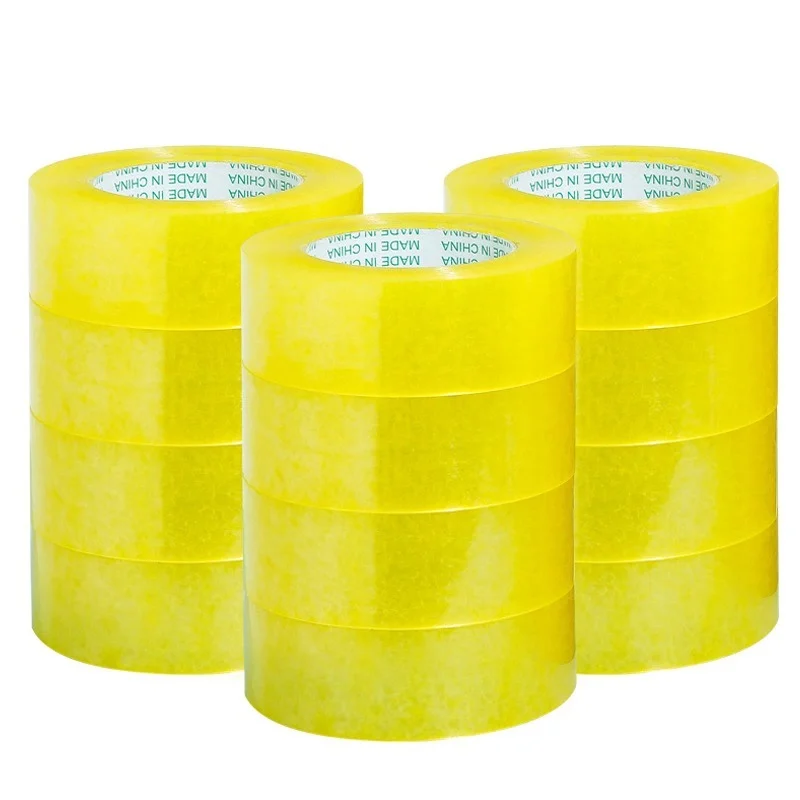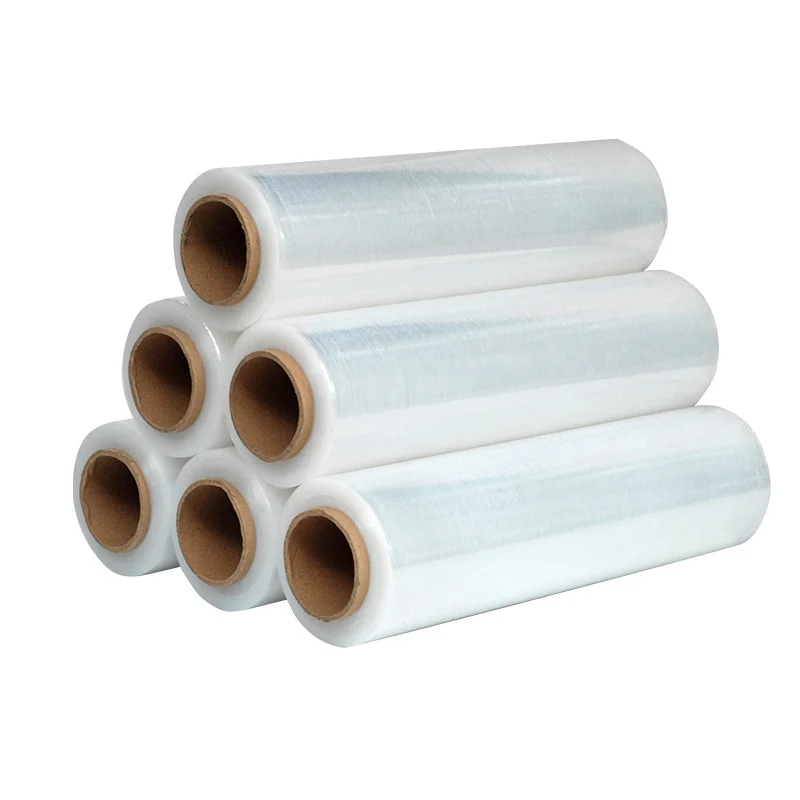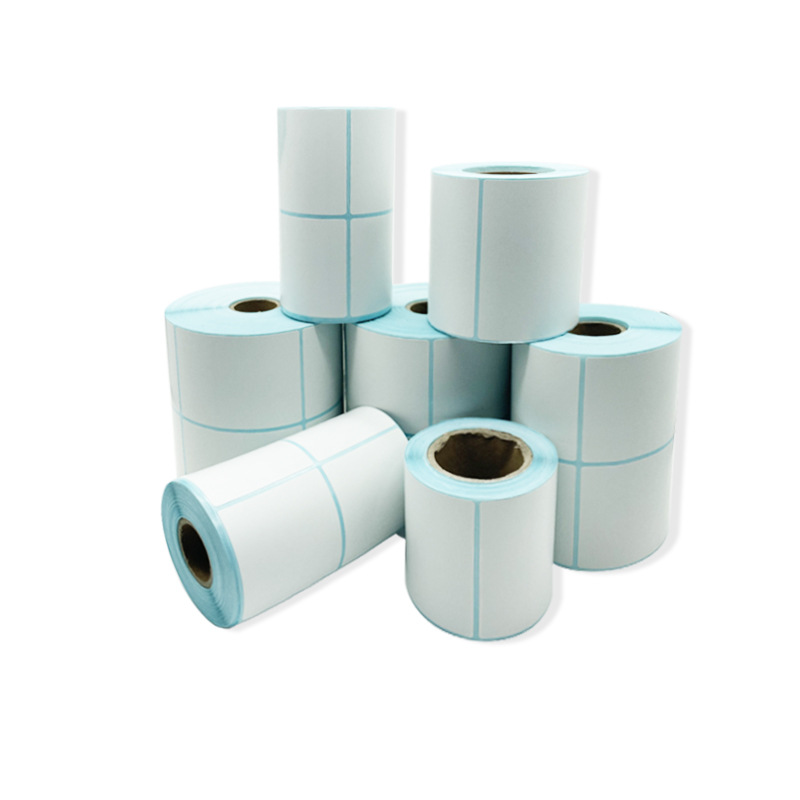Compostable and Biodegradable Packaging Solutions: A Step Towards a Greener Future
Every year, millions of tons of plastic waste pollute our land, oceans, and air. This waste takes hundreds of years to break down, harming wildlife and ecosystems. One of the best ways to tackle this problem is through compostable and biodegradable packaging solutions. These materials offer an environmentally friendly alternative to traditional plastic and foam packaging, helping to reduce waste and lower carbon emissions.
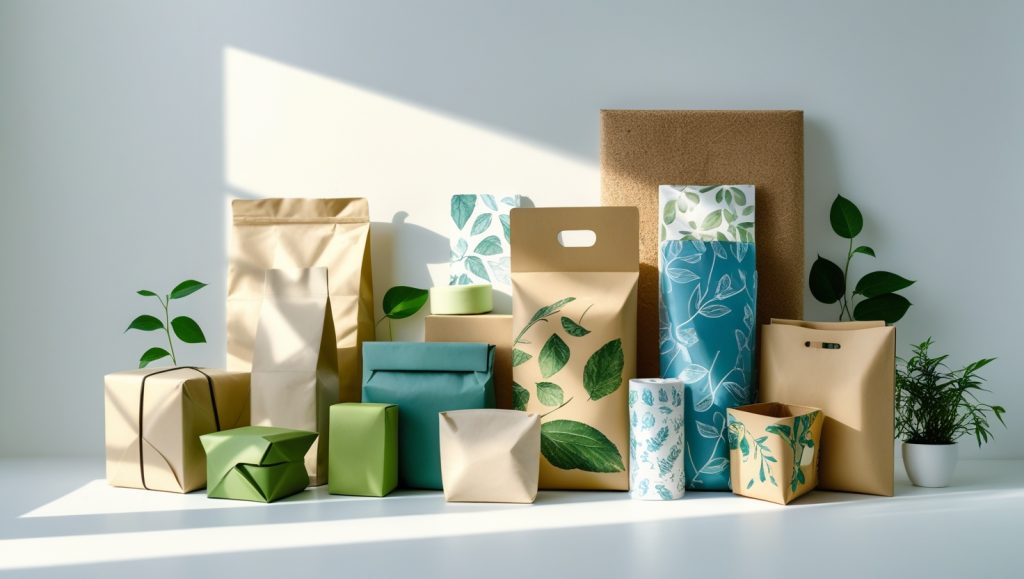
Many businesses are now adopting compostable and biodegradable materials to replace harmful packaging. Governments are also enforcing stricter regulations on single-use plastics, making eco-friendly packaging more important than ever. Consumers, too, are becoming more aware of the need for sustainable choices, demanding products that come in responsible packaging.
This article explores what compostable and biodegradable packaging means, their benefits, types of materials used, challenges, and the future of sustainable packaging.
What is Compostable and Biodegradable Packaging?
Many people confuse compostable and biodegradable packaging, but they are not the same thing. While both are designed to break down naturally, they do so in different ways and under different conditions.
Biodegradable Packaging
Biodegradable packaging is made from natural materials that microorganisms, such as bacteria and fungi, can break down into water, carbon dioxide, and organic matter. The process can take anywhere from a few months to several years, depending on the material and the environmental conditions. Some biodegradable plastics still require industrial processing to decompose properly.
Compostable Packaging
Compostable packaging goes a step further. Not only does it break down, but it also turns into nutrient-rich compost, which can be used to improve soil health. For packaging to be labeled as compostable, it must fully decompose within a set period (usually 90–180 days) under the right composting conditions. Some compostable packaging can be processed in home compost bins, while others require industrial composting facilities.
The main difference is that all compostable materials are biodegradable, but not all biodegradable materials are compostable. Compostable materials leave no toxic residue behind, while some biodegradable plastics may still leave microplastics if not disposed of properly.
Why is Compostable and Biodegradable Packaging Important?
The environmental impact of plastic pollution is devastating. Most plastic packaging ends up in landfills, oceans, and waterways, where it takes hundreds of years to decompose. This harms marine life, disrupts ecosystems, and even enters the food chain through microplastics.
Reducing Landfill Waste
Traditional plastic packaging takes up a huge amount of space in landfills. Since it does not break down naturally, it accumulates over time, creating long-term environmental problems. Compostable and biodegradable packaging helps reduce landfill waste, as it breaks down into harmless substances much faster.
Lowering Carbon Emissions
Producing plastic packaging requires large amounts of fossil fuels, contributing to global warming. Compostable materials, such as paper, cornstarch, and bamboo, come from renewable sources, making them a much more sustainable option. Biodegradable materials also require less energy to produce and break down, reducing overall carbon emissions.
Protecting Wildlife and Ecosystems
One of the biggest threats of plastic waste is its impact on wildlife. Animals often mistake plastic for food, leading to choking, starvation, and poisoning. Even when plastics break down, they turn into microplastics, which pollute soil and water. Compostable and biodegradable packaging reduces this risk by ensuring that waste naturally decomposes without leaving harmful residues.
Encouraging Responsible Consumer Behavior
More consumers are becoming environmentally conscious and want sustainable products. When businesses offer compostable and biodegradable packaging, they help educate customers about making eco-friendly choices. This encourages people to adopt better habits, like composting and reducing plastic use.
Types of Compostable and Biodegradable Packaging Materials
Many different materials are used to create eco-friendly packaging. These materials are designed to be strong, durable, and functional while remaining sustainable. Some of the most commonly used materials include:
1. Plant-Based Bioplastics
Bioplastics are made from renewable sources like corn starch, sugarcane, and potato starch. Unlike traditional plastics, bioplastics break down naturally when exposed to bacteria and moisture. Some bioplastics are compostable, while others are simply biodegradable.
However, not all bioplastics decompose in regular conditions—some require industrial composting facilities to break down properly. Consumers need to check disposal instructions to ensure bioplastics are being handled correctly.
2. Mushroom-Based Packaging
Mushroom packaging, also known as mycelium packaging, is made by growing mushrooms around agricultural waste like corn husks. This creates a durable, lightweight material that can replace Styrofoam and plastic containers. Mushroom packaging breaks down completely in soil within 30–60 days and is safe for the environment.
3. Bamboo and Palm Leaf Packaging
Bamboo and palm leaves are fast-growing, renewable materials that are naturally biodegradable. They are used for making plates, bowls, and takeout containers. These materials do not require chemical processing, making them one of the most natural and sustainable packaging solutions available.
4. Compostable Paper and Cardboard
Paper and cardboard have been used in packaging for decades, but new advancements have made them more eco-friendly. Many companies are now using plant-based coatings instead of plastic laminations, making these materials compostable. Some brands also use recycled paper to reduce environmental impact.
5. Edible Packaging
Edible packaging is an innovative solution where the packaging itself can be consumed. Some companies are developing food wrappers, drink pouches, and plates made from seaweed, rice, and gelatin. This eliminates waste completely, as people can eat the packaging along with their food.
Challenges of Compostable and Biodegradable Packaging
While compostable and biodegradable packaging has many environmental benefits, there are still several obstacles to widespread adoption. These challenges include issues related to proper disposal, cost, consumer education, and infrastructure. To make eco-friendly packaging more effective, businesses, governments, and consumers need to work together to address these concerns.
Proper Disposal
One of the biggest challenges with compostable and biodegradable packaging is ensuring that it is disposed of correctly. Many compostable materials require specific conditions to break down properly. For example, some compostable packaging must be processed in industrial composting facilities where high heat, moisture, and microorganisms help speed up decomposition. Unfortunately, not all cities and towns have access to these facilities, which means that a large amount of compostable packaging ends up in landfills instead.
When compostable packaging is thrown into regular trash bins, it does not decompose as intended. Landfills are designed to limit oxygen and moisture exposure, which slows down decomposition. Even biodegradable materials can take years or decades to break down in a landfill environment. Similarly, if compostable materials are placed in recycling bins, they can contaminate other recyclables, making it difficult for recycling centers to process materials properly.
To overcome this challenge, there needs to be better waste management systems in place, including more industrial composting facilities, clearer labeling on compostable packaging, and better education for consumers on how to dispose of these materials correctly.
Higher Costs
Another major challenge of compostable and biodegradable packaging is that it is often more expensive than traditional plastic packaging. The higher costs come from several factors, including the price of raw materials, manufacturing processes, and limited production scale.
Traditional plastic is cheap to produce because it is made from petroleum-based materials, which have been widely used for decades. In contrast, biodegradable and compostable packaging requires renewable resources, such as cornstarch, sugarcane, or bamboo. These materials cost more because they take time to grow and harvest, and they often require specialized processing methods to create durable packaging.
In addition, the production of biodegradable materials is still relatively new compared to plastic manufacturing. As a result, companies that produce compostable packaging do not yet have the same large-scale infrastructure as plastic manufacturers. Limited supply and high demand also contribute to the higher price.
However, as more businesses adopt compostable packaging and invest in sustainable solutions, the costs are expected to decrease over time. Large companies that switch to biodegradable materials can help drive mass production, making the technology more affordable for smaller businesses as well.
Consumer Awareness
A significant challenge in making compostable and biodegradable packaging successful is the lack of consumer awareness about proper disposal. Many people do not understand the difference between biodegradable, compostable, and recyclable materials, leading to confusion when disposing of these items.
For example, many consumers assume that biodegradable and compostable packaging can be thrown away with regular trash or mixed with recyclables. However, biodegradable packaging should be placed in composting facilities when possible, while recyclable materials need to go through a different waste stream. If compostable packaging is incorrectly placed in a recycling bin, it can contaminate the recycling process, making it harder for facilities to sort and process materials efficiently.
Another issue is misleading labels on packaging. Some products claim to be biodegradable or compostable, but they may require specific industrial conditions to break down. Without proper guidance, consumers may unintentionally dispose of these materials incorrectly, reducing their environmental benefits.
To solve this challenge, businesses and governments need to provide clearer labeling on packaging and launch public awareness campaigns to educate consumers about how and where to dispose of biodegradable materials properly. Some companies are already including QR codes on packaging that consumers can scan to learn about disposal options in their area.
The Future of Compostable and Biodegradable Packaging
With the growing awareness of climate change and the need to reduce plastic waste, the future of packaging is heading toward full sustainability. Several innovations and policies are shaping the next generation of eco-friendly packaging solutions.
Innovations in Material Science
Scientists and researchers are working on new biodegradable materials that break down faster, are stronger, and cost less to produce. Some of the most promising innovations in sustainable packaging include:
- Algae-Based Packaging – Made from seaweed and algae extracts, this type of packaging is 100% biodegradable and can be used for food wraps, drink pouches, and even single-use cutlery.
- Smart Biodegradable Films – These packaging materials contain natural enzymes that speed up decomposition when exposed to moisture, heat, or oxygen.
- Plant Fiber Containers – New plant-based materials, such as banana leaves, coconut husks, and wheat straw, are being tested for their ability to replace plastic containers in food packaging.
- Edible Packaging – Some companies are creating packaging that consumers can eat, reducing waste completely. Examples include edible coffee cups made from biscuits and drink pouches made from seaweed.
These innovations could revolutionize the packaging industry bare expected to expand globally, making compostable packaging a legal requirement rather than an option.
Government Regulations
Many countries and cities are implementing laws to ban single-use plastics and encourage businesses to use compostable and biodegradable alternatives. These regulations are helping to reduce plastic waste and create a more sustainable packaging industry.
For example:
- The European Union has banned single-use plastic straws, cutlery, and plates, pushing companies to switch to biodegradable materials.
- In Canada, the government is phasing out plastic bags, stir sticks, and Styrofoam containers, requiring companies to find compostable replacements.
- The United States has introduced various state-level bans on plastic bags and polystyrene packaging, encouraging businesses to adopt sustainable packaging.
Government policies also include waste reduction targets that require companies to limit packaging waste and invest in recycling and composting programs. These regulations are expected to expand globally, making compostable packaging a legal requirement rather than an option.stainable practices, compostable and biodegradable packaging will become the new industry standard.
Businesses Leading the Way
Many large companies are taking responsibility by investing in compostable and biodegradable packaging solutions. Major brands like Unilever, Nestlé, Coca-Cola, and McDonald’s have pledged to reduce plastic waste and switch to biodegradable or recyclable alternatives by 2030.
Some businesses are also experimenting with zero-waste packaging models, such as:
- Reusable and refillable containers – Some grocery stores now offer bulk food sections where customers can bring their own containers.
- Take-back programs – Brands like Loop are providing reusable packaging for products like shampoo, cleaning supplies, and snacks. Consumers return the empty containers, which are cleaned and reused.
- Sustainable shipping materials – E-commerce companies like Amazon and Shopify are switching to compostable mailers and biodegradable bubble wrap to reduce packaging waste.
As more companies adopt these sustainable practices, compostable and biodegradable packaging will become the new industry standard.
Consumer Demand for Sustainable Packaging
Consumers are becoming more conscious of their environmental impact and are actively choosing brands that offer sustainable packaging. This shift in consumer behavior is driving businesses to develop eco-friendly alternatives and reduce their plastic footprint.
As awareness grows, compostable and biodegradable packaging will become more widely available, affordable, and easy to dispose of. The future of packaging depends on businesses, governments, and consumers working together to make sustainability a priority.
In the coming years, we can expect to see further advancements in biodegradable materials, better composting infrastructure, and stronger regulations that will make single-use plastics a thing of the past.
Final Thoughts
Compostable and biodegradable packaging solutions are essential in reducing waste, protecting wildlife, and creating a sustainable future. While challenges remain, advancements in technology and consumer awareness are helping drive change.
By choosing eco-friendly packaging, businesses and individuals can make a real difference in reducing pollution. As governments enforce stricter laws and companies innovate with new materials, the future of packaging is shifting towards a cleaner, greener world.
JERL has been working hard on the road of custom packaging. Next time when you feel the need to impress someone with your brand, think of JERL Packaging!
